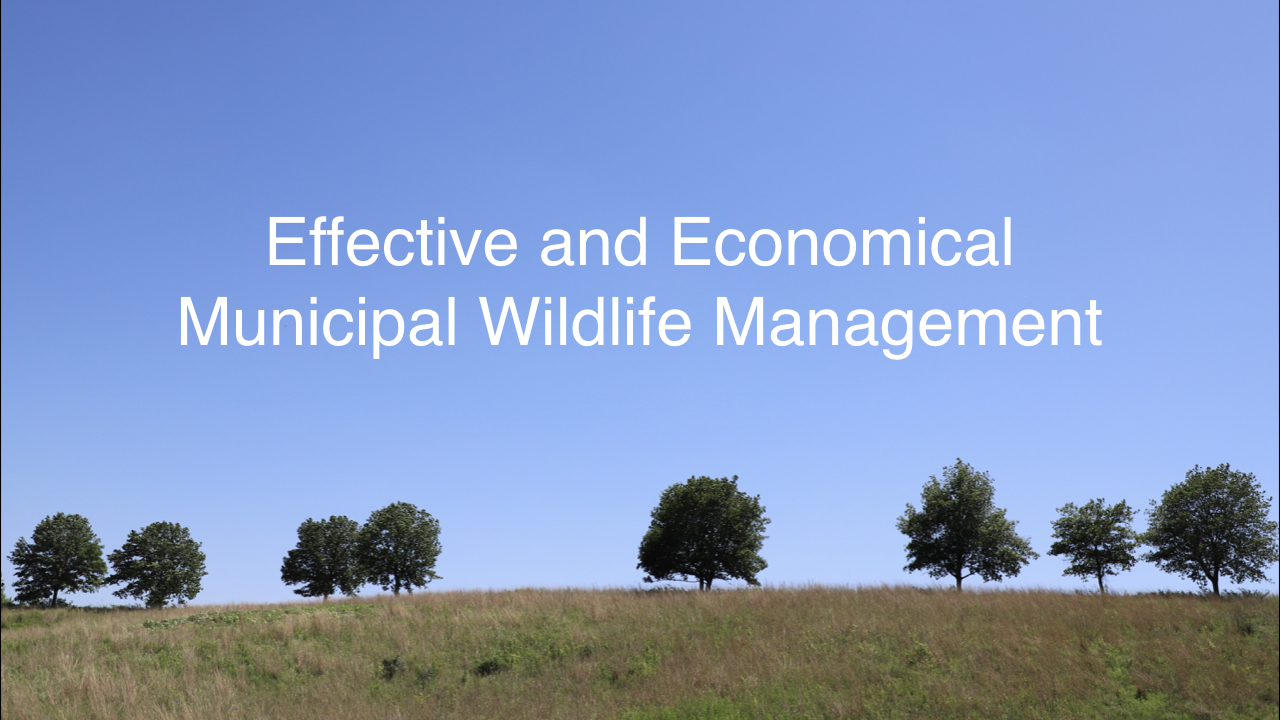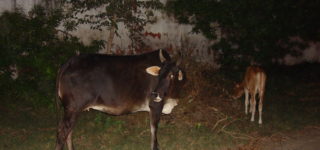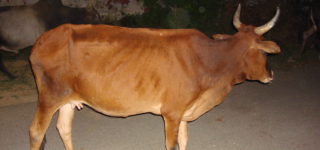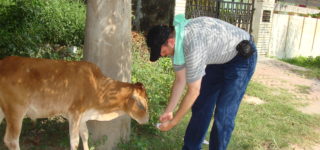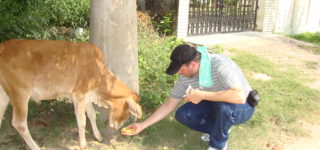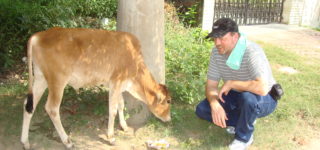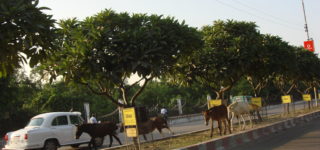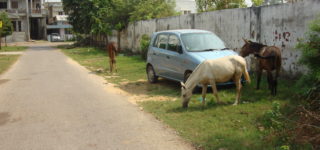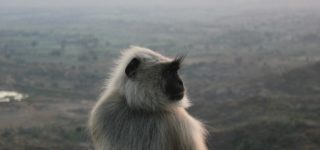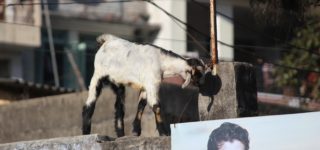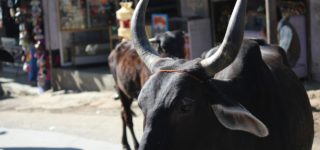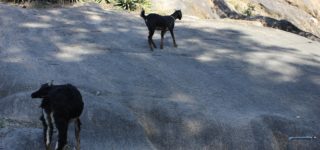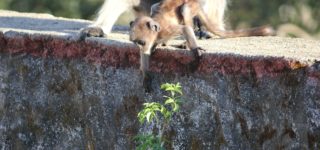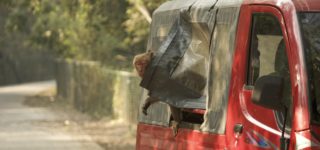Urban Wildlife Habitats
Most mid-sized cities with responsible development plans will incorporate substantial greenbelts, wetlands, parks, and water areas for public enjoyment, water management, and smooth supportive integration with surrounding ecosystems. Nature and wilderness areas support popular activities like boating, bicycling, hiking, running, and skiing. These are among the top reasons people move to an area and stay there. Abundant wildlife populations help maintain a healthy ecological diversity and they are an expected part of living near natural wildlife habitats.
Traditional Approaches to Urban Wildlife Management
Sometimes there can be a clash of interests between humans and wildlife. A common complaint is that deer eat landscaping plants, flowers, and other vegetation. In some municipalities, the city will pay to have deer shot to reduce their population, as a way to protect petunias. Some have expressed concern that killing deer is noisy, dangerous, expensive, violent, and only a short-term solution.
Effective Alternative Methods of Wildlife Management
For wildlife that some consider to be a nuisance, we typically come up with creative, low cost, non-lethal, permanent solutions:
- Rabbits get into gardens, so we put up fences.
- Raccoons get into trash, so we secure trashcan lids.
- Squirrels get into bird feeders, so we design them differently.
- Birds sometimes dirty vehicles with their droppings, so we use car covers.
- Ducks and geese cross the road, we slow down and let them pass.
- Snakes can present a threat, but we typically walk around them.
When animals do things that they naturally do, and it interferes with things we humans do, the proper response isn’t to shoot them. That would be like turning to war rather than diplomacy every time there is a problem with another country. It’s an aggressive response rather than a creative, cooperative, compassionate response.
In states that are highly populated with various wild game animals and farm animals wandering onto roads, people don’t just start shooting like Yosemite Sam.

Reaching for guns to solve problems shouldn’t be our first course of action. Even in heavily pro-gun and pro-hunting states, people realize such an approach doesn’t work. We can learn a lot from ranchers and how they manage wildlife.
Wildlife Management – Lessons From Ranchers
The video below shows an example of how ranch owners deal with wildlife, including predatory animals that are a threat to their chickens, sheep, and other livestock. The rancher featured in the video has a variety of animals that try to encroach on his ranch including deer, wild pigs, skunks, raccoons, otters, predatory birds, snakes, coyotes, mountain lions, bobcats, foxes, bears, and other animals. Rather than trapping, poisoning, or shooting all these animals, ranchers instead have livestock guardian dogs that will scare them off. It’s an inexpensive year-round perpetual solution.
Wildlife Management – Lessons From Other Countries
In other countries, concerns about wildlife crossing roads is addressed by building green bridges that allow wildlife to cross without getting into traffic. The video below shows some examples.
Conclusion: Effective Non-Lethal Solutions
Effective approaches to municipal wildlife management, in particular managing deer populations, could include the following:
- To discourage wildlife from damaging landscaping on private property, dogs could be a deterrent.
- To protect drivers and animals from encounters on roads, tall fences could be used as well as green wildlife bridges.
- Along highways, inexpensive solar powered motion sensors could be installed that would alert drivers if an animal is detected approaching the road. When a beam of light is broken, a sign could light up with a warning and message to slow down.
- An investment in well restored ‘magnet’ green spaces can offer a more attractive venue for animals than suburb residential settings. Strong networks of green belts can help pull wildlife away from residential areas.
Any of these more creative solutions are safer, quieter, and less costly than trying to shoot all the animals deemed by some to be a nuisance.
Urban Presence of Animals
In cities around the world, animals are permitted and encouraged in urban areas. Their cheerful presence is considered a benefit, not a drawback — similar to the influence of animals in retirement centers, schools, hospitals, and prisons. The photos below from 2008 and 2011 are some examples from India showing how people in some countries are able to live with various animals in urban centers. The desirability of animals in urban centers is a matter of debate. What’s not a matter of debate is whether or not it can be done. It can be done and is being done. Click any image below for a larger gallery view.
